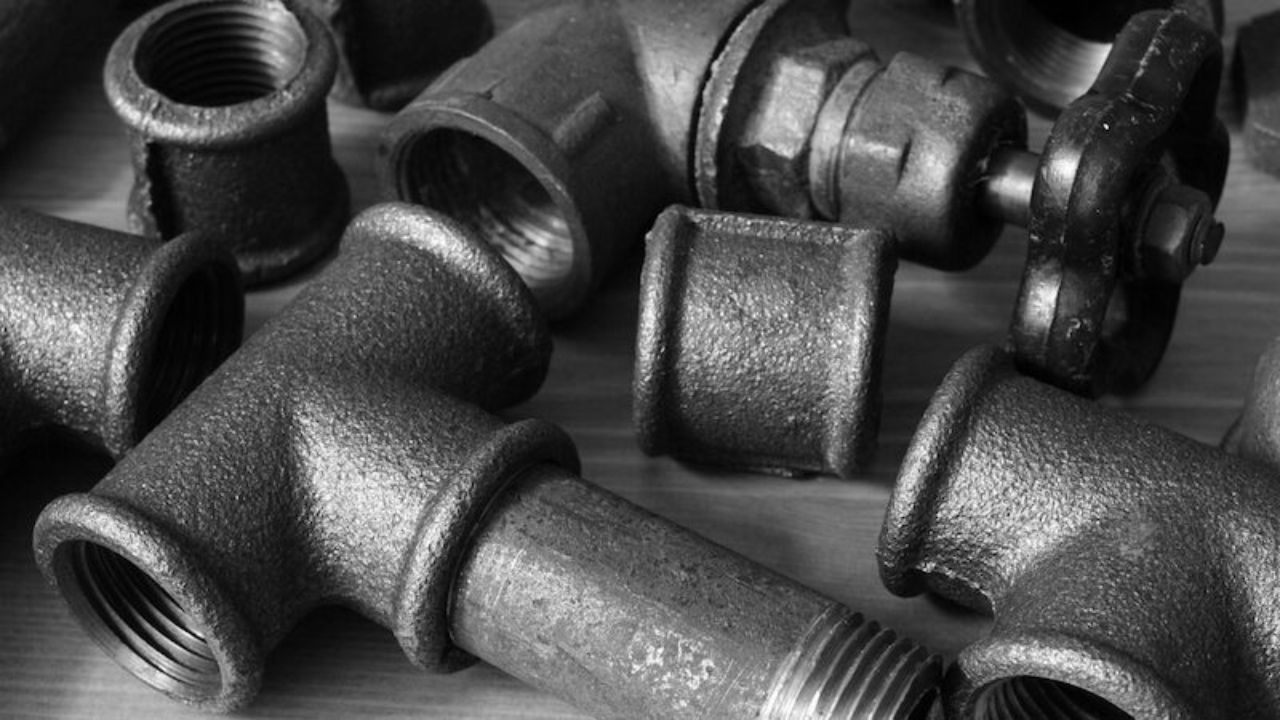Black Iron Pipe and Fittings Types/Function are essential for plumbing and construction, though repetitive and hazardous. These materials are recycled for gaseous and aqueous systems as well as other submissions and must be properly handled and installed to protect the workers and the system.
Knowledge of Material Characteristics
Black iron and galvanized pipes are recycled for several resolves because of their characteristics. Black iron pipes are mainly recycled for the gas line while galvanized pipes are used for the water supply line. Knowledge of these properties is vital to avoid dangers during installation. For instance, black iron pipes when exposed to moisture get rust while galvanized pipes may be heavier and need supports.
Proper Handling Techniques
Many of the black iron and galvanized tuspipe’s are quite heavy and large and thus, moving them around may be tiresome. Lifting it the wrong way may cause strains and injuries. When handling these materials, installers should always bend their knees when lifting and not their backs and should not attempt to move large sections alone. Equipment like pipe rollers, hoists, or dollies also helps to cut down the load exerted on the workers and the chance of accidents too.
Secure Work Environment
Any installation project needs to have a safe working environment. To please the installers, the workspace should be clean, tidy, and safe from any loose tools, debris, or spills. Another condition necessary for good working conditions is sufficient light for visibility whenever working with pipes and tools is to be done. Also, having a special place where tools and materials are left decreases the number of accidental falls and thus makes the installation process safer for all groups of workers and other people who may be in the house at the same time.
Adequate Ventilation
Depending on the place where black iron pipes are used, it is important that proper ventilation should be observed. The tuspipe’s are utilized primarily for laying gas pipes and thus any leakage is very dangerous to human health. Ventilation is crucial in freeing the working area from any injurious fumes that may be produced and in providing safe circumstances in which employees may work. Installers should also use the right detection apparatus to check for gas leakages before, during, and after the fixing process.
Personal Protective Equipment or Protective Personal Equipment
When beginning any type of fitting, it is essential to ensure that one puts on the right protective gear. These are goggles to protect the eyes from flying debris, gloves in case one is handling sharp edges, and steel-toed boots in case of falling heavy items. In some cases, such as the installation environment, hard hats, and respiratory protection may also be required.
Familiarization with Tools
Safe and efficient installation of black iron and galvanized tuspipe’s requires the right tools for the job. Some of the precautions that installers should take to prevent incidence involve pipe wrenches, threaders, and cutting tools. Proper equipment should be used that is properly aligned and appropriately designed for a particular sort of pipe being used. Operators using these tools should also be trained on how best to use them to reduce the number of chop-offs that occur regularly.
Appreciation of local codes and legal requirements
The laws and ordinances of the local area are very influential in the installation of black iron and galvanized pipes. The installer too should be conversant with these codes for him/her to be in a position to conform to them and reduce cases of tragedies. Noncompliance with the regulations leads to unsafe installation, fines, or project delay. Local authority’s regulatory frameworks or industry benchmarking is useful to assist installers in managing such requirements and putting into practice work that is safe and of a good standard.
Involve Setting up Routine Tests and Repairs.
As with any pipe infrastructure installation, continued inspection and maintenance are necessary to guarantee the life cycle of black iron and galvanized pipe systems. Leak check, corrosion, and cracks checks should be done regularly and preventive measures should be undertaken to eliminate acts of occurrence of system failure. Adequate protective measures such as ensuring that there is a timetable for routine preservation, and also ensuring that people on site can note signs that show that something could be wrong with the installation can go a long way in removing dangers that could be present and the same time extending the life cycle of the installation.
Conclusion
The procedure of fitting black iron and galvanized tuspipe entails certain set measures of safety. Besides, to minimize potential risks for workers or partners, and provide for the proper results of an installation, it is necessary to adhere to the following considerations: When working with any material, employing proper personal protective equipment and perceiving properties of the material used; using the right technique when handling equipment; maintaining the workplace secure; ensuring proper fresh air supply; getting acquainted with tools employed; observing local or national regulations; and performing inspection and testing more often.

